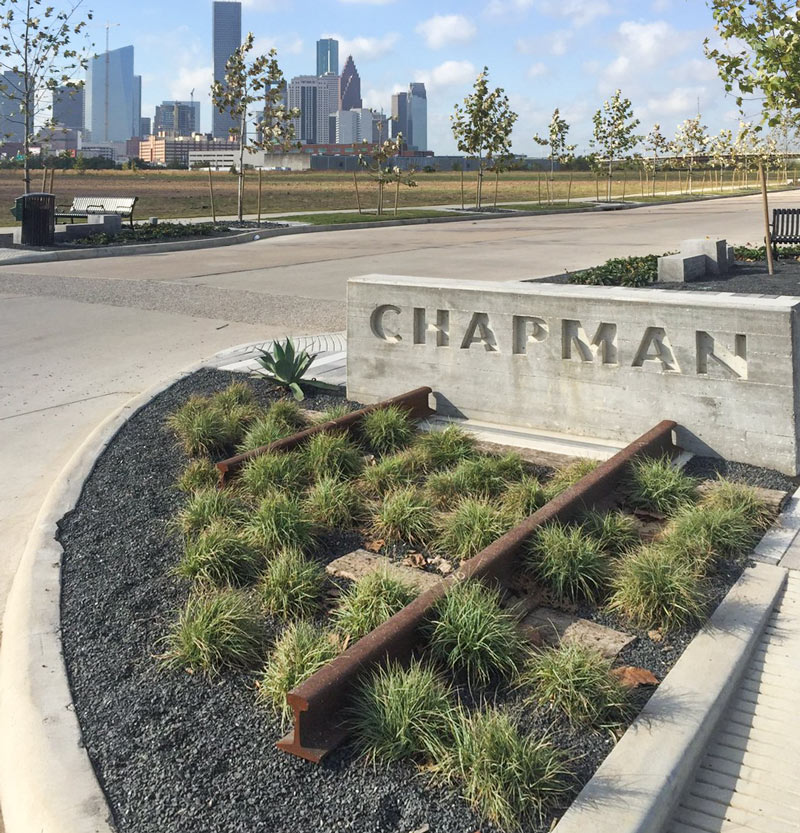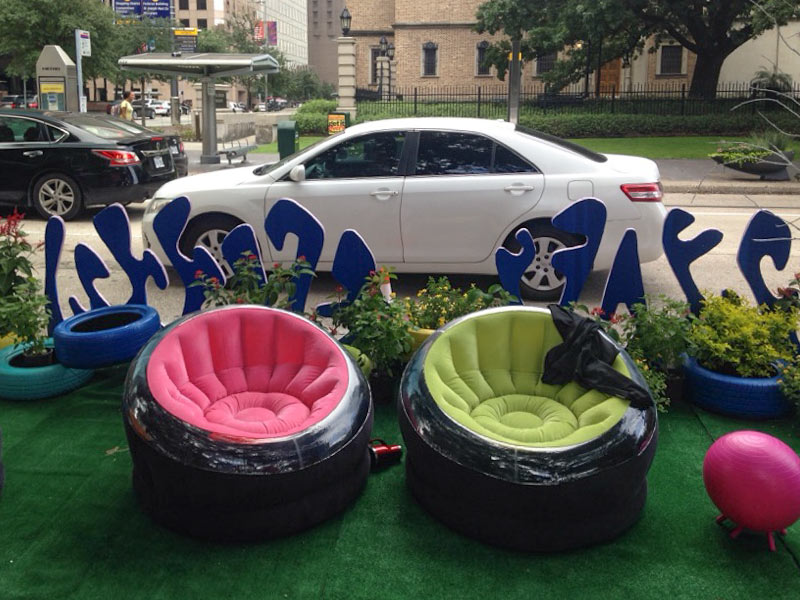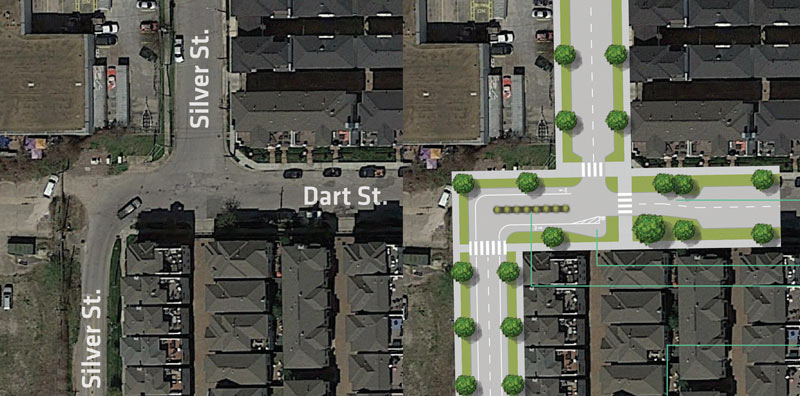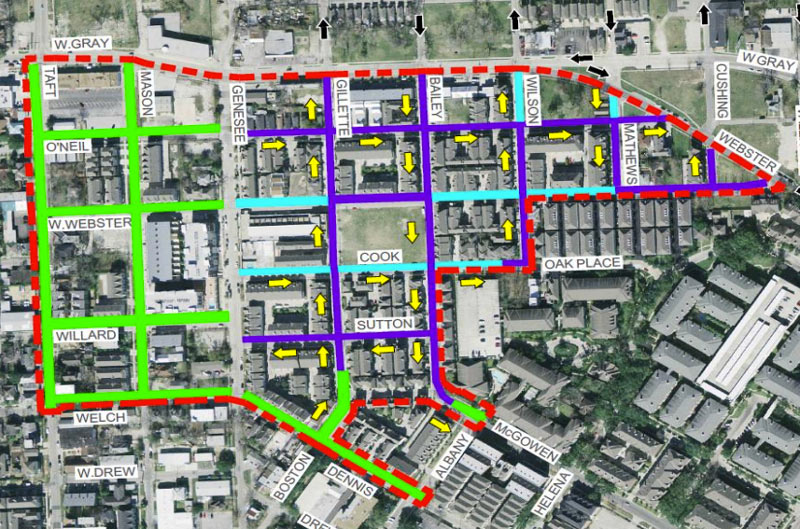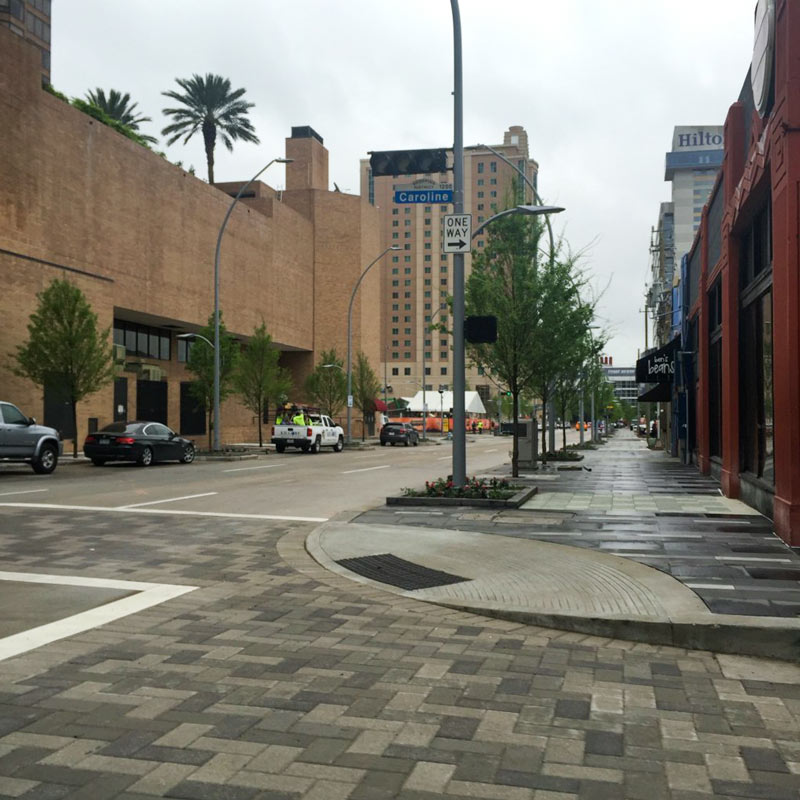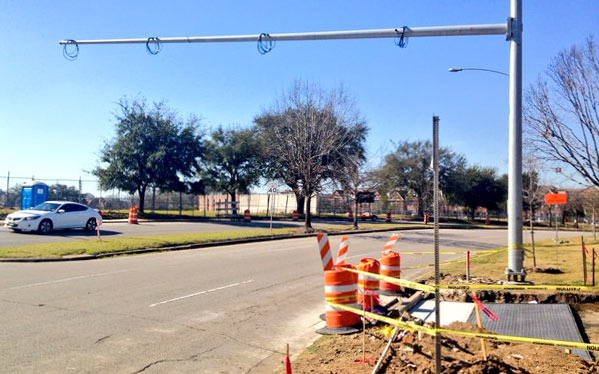The 2 very different videos above give a taste of what the last few weeks have been like in Nottingham Forest, the Memorial neighborhood along the north side of Buffalo Bayou between Dairy Ashford and Kirkwood south of Memorial Dr. Nottingham Forest filled with water after Hurricane Harvey — and releases of water from the oversubscribed Addicks and Barker reservoirs. The first video, taken by Swamplot reader Gatewood Brown from a GoPro mounted on a kayak, shows portions of the neighborhood underwater during rescue operations 3 days after Houston was first hit by the storm. The second video was taken yesterday by reader Kyle Steck, using a mobile phone he carried while biking hands-free through Nottingham Forest’s now dry but extensively garbage-lined streets.
Videos: Gatewood Brown; Kyle Steck


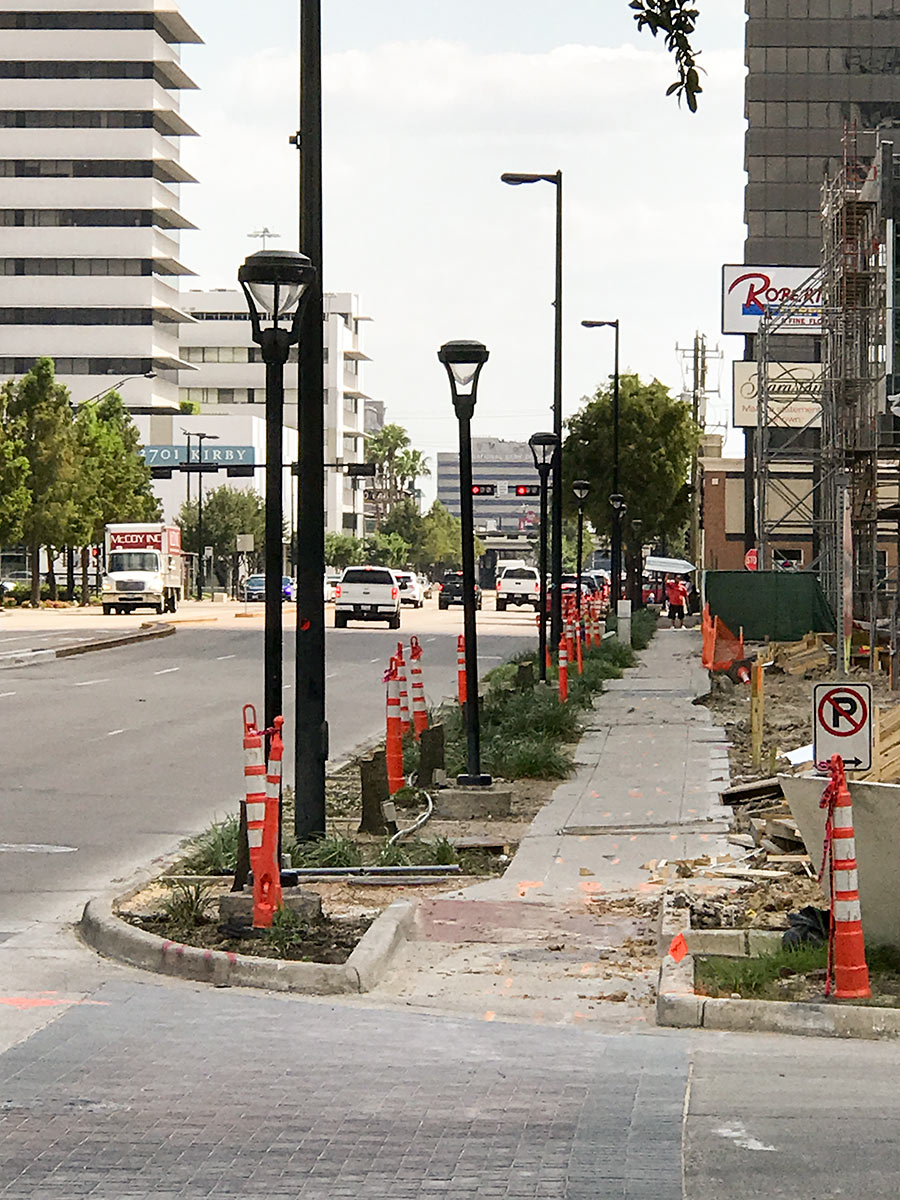
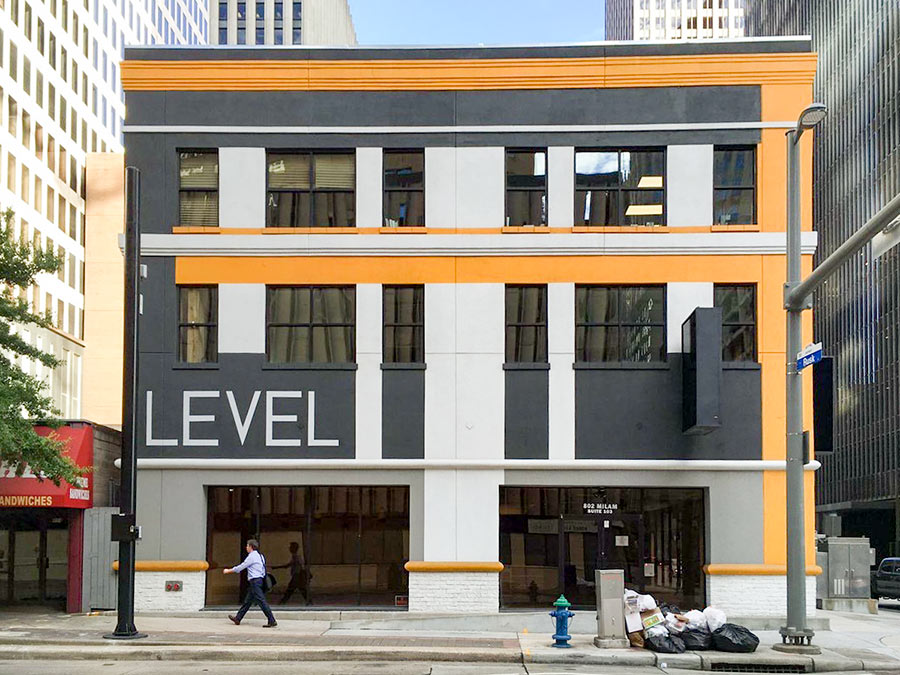 With the shuttering last week of the Subway sandwich shop at the corner of Milam and Rusk streets — catty corner from Pennzoil Place, in the ground-floor space below the Level Office at 720 Rusk St. (pictured here) — the national sandwich chain is now down to a single Downtown location that can be accessed from a sidewalk. Another streetside Subway, in the ground floor of the Americana Building 5 blocks to the south at the corner of Milam and Dallas, exited its space before demolition began on that structure
With the shuttering last week of the Subway sandwich shop at the corner of Milam and Rusk streets — catty corner from Pennzoil Place, in the ground-floor space below the Level Office at 720 Rusk St. (pictured here) — the national sandwich chain is now down to a single Downtown location that can be accessed from a sidewalk. Another streetside Subway, in the ground floor of the Americana Building 5 blocks to the south at the corner of Milam and Dallas, exited its space before demolition began on that structure 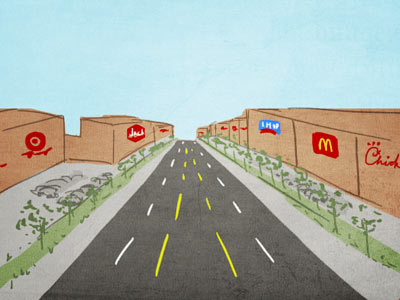 “None of these places achieve anything like the feel of a real town because they abandon all of the design elements which actually create that feeling. There are no real walkable main streets with mom and pop stores lining the sidewalks. No town squares at the heart of real (albeit small) downtowns. It’s all just strip malls and McMansions along freeways and 6-lane collector roads.
If you want a small town feel you have to start with traditional pre-WW2 urban design.” [
“None of these places achieve anything like the feel of a real town because they abandon all of the design elements which actually create that feeling. There are no real walkable main streets with mom and pop stores lining the sidewalks. No town squares at the heart of real (albeit small) downtowns. It’s all just strip malls and McMansions along freeways and 6-lane collector roads.
If you want a small town feel you have to start with traditional pre-WW2 urban design.” [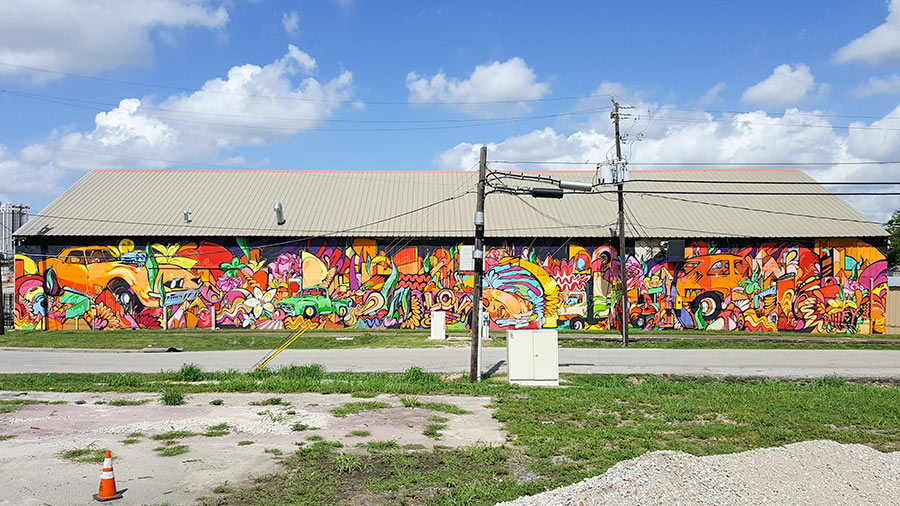

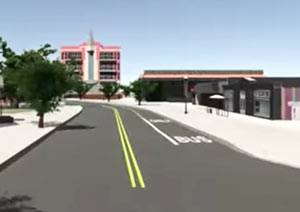
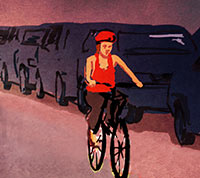 “There’s even a more simple plan: Make the right lane 12 ft. (or more) and the left lane 10 ft. Don’t stripe new bike lanes or overly alter existing regulations. Don’t plan. Don’t get approvals. Don’t p/o motorists with the silly bike lanes that bikers fear and never use. We just need a little extra space for cars to pass us by. And: Motorists will like having buses and other heavy vehicles in the larger right-lane, too . . . you don’t even need signage.” [
“There’s even a more simple plan: Make the right lane 12 ft. (or more) and the left lane 10 ft. Don’t stripe new bike lanes or overly alter existing regulations. Don’t plan. Don’t get approvals. Don’t p/o motorists with the silly bike lanes that bikers fear and never use. We just need a little extra space for cars to pass us by. And: Motorists will like having buses and other heavy vehicles in the larger right-lane, too . . . you don’t even need signage.” [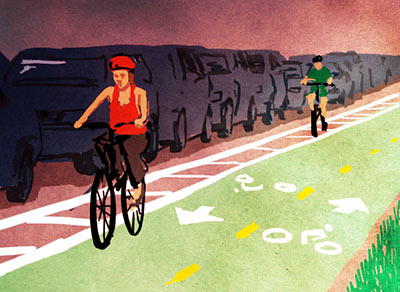 “The plan is really just a recommendation of where to put lanes. The decision of actually putting in the bike lanes in a given spot will be evaluated on a case-by-case basis, mainly as roads are rebuilt. Most of the money can come from TxDOT, TIGER, TIRZs, etc. It’s much easier to get that funding if you have a plan already in place. An example: Maybe your local CIP project involves tearing up a road and replacing it. Instead of repainting the road with the old 12-ft. wide lanes, maybe make them a reasonable 10-ft. wide and spray in a line for a bike lane. That’s a cheap addition to a project that doesn’t involve a lot of overhead that would normally come from a separate project to put in a new bike lane somewhere.” [
“The plan is really just a recommendation of where to put lanes. The decision of actually putting in the bike lanes in a given spot will be evaluated on a case-by-case basis, mainly as roads are rebuilt. Most of the money can come from TxDOT, TIGER, TIRZs, etc. It’s much easier to get that funding if you have a plan already in place. An example: Maybe your local CIP project involves tearing up a road and replacing it. Instead of repainting the road with the old 12-ft. wide lanes, maybe make them a reasonable 10-ft. wide and spray in a line for a bike lane. That’s a cheap addition to a project that doesn’t involve a lot of overhead that would normally come from a separate project to put in a new bike lane somewhere.” [